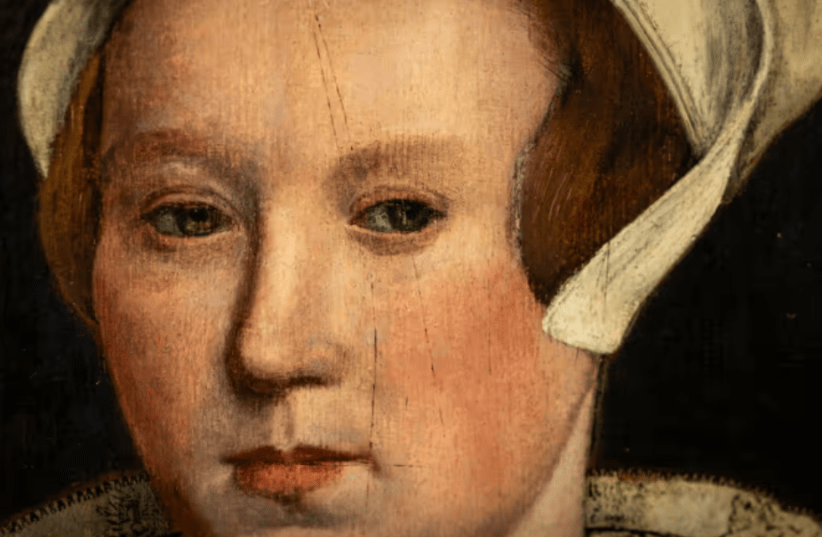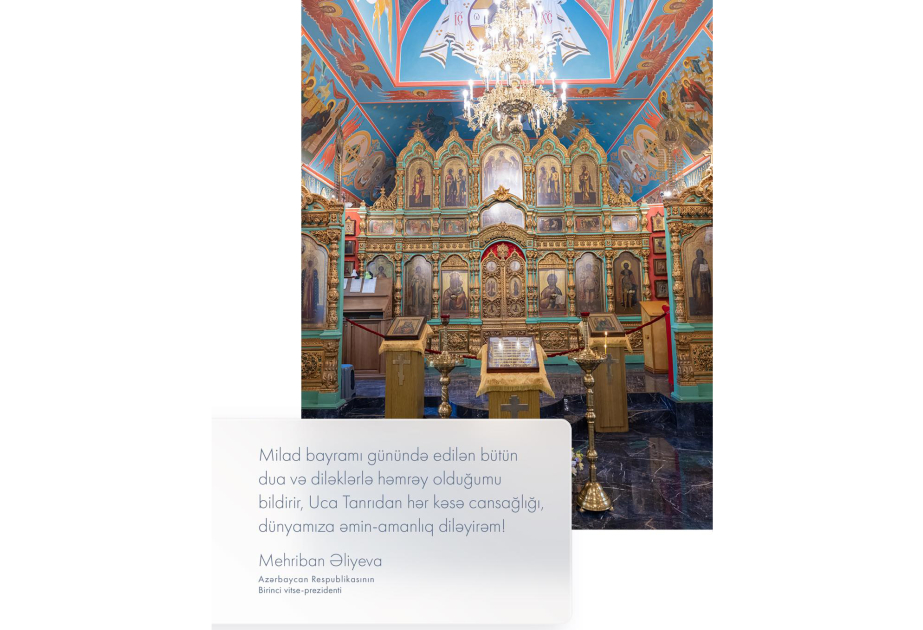By JERUSALEM POST STAFF
Researchers found evidence of alterations to the painting, indicating it could be the only known live portrait of Lade Jane Grey.
A rare portrait believed to depict Lady Jane Grey, England's nine-day queen, has been unveiled at Wrest Park in Bedfordshire. Displayed alongside six other historic works, the painting is on loan from a private collection and has been the subject of new research by English Heritage and the Courtauld Institute of Art.
The research provided "compelling evidence in favour of confirming" that the mysterious portrait is indeed of Lady Jane Grey, according to The Guardian. "From the newly discovered evidence of a once perhaps more elaborate costume and the dating of the wooden panel from within her lifetime, to the deliberate scratching of her eyes, it is possible that we are looking at the shadows of a once more royal portrait of Lady Jane Grey, toned down into subdued, Protestant martyrdom after her death," said Rachel Turnbull, English Heritage's senior collections conservator, according to BBC News.
Scientific analysis revealed that the painting was created on wooden panels likely used between 1539 and 1571, according to The Washington Times. Infrared scans showed alterations to the woman's attire and face after the original image was completed, including changes to her sleeves, coif, and the addition of a white scarf. The painting bears a brand similar to one on a portrait of King Edward VI, Lady Jane Grey's predecessor, according to The Guardian.
Notably, the eyes, mouth, and ears were deliberately scratched out, possibly in an iconoclastic attack for religious or political reasons. An image of Lady Jane Grey in the National Portrait Gallery bears the same marks. English Heritage observed that the eyes now look to the sitter's left, whereas they previously looked to the right.
"It is thrilling to have this painting back at Wrest, and the new research provides tantalising evidence which brings us much closer to the assertion that this could be Lady Jane Grey," said Peter Moore, the curator of Wrest Park.
"This is a very interesting painting that raises many questions, and if this is indeed a portrait of Jane Grey, it is a valuable addition to the art of portraying this young heroine as a woman of strong character, and a strong challenge to her traditional representation as a blindfolded victim," commented historical novelist Philippa Gregory, according to The Guardian.
Lady Jane Grey was proclaimed Queen of England and Ireland from July 10 to July 19, 1553, in an unsuccessful attempt to prevent her Catholic cousin Mary Tudor from ascending to the throne. She was executed on February 12, 1554, at the age of 17.




















